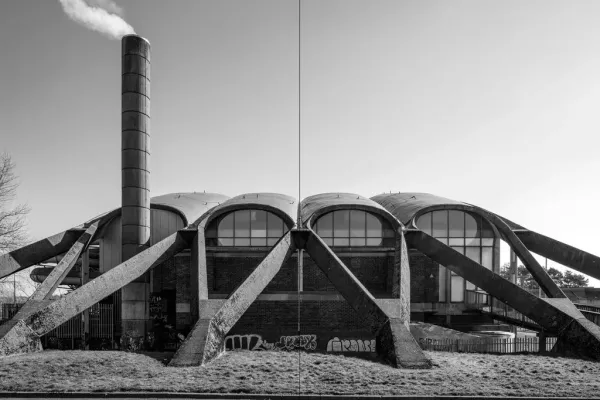Armadale and the Clan Donald Lands Trust: The Politics of Place and Custodianship
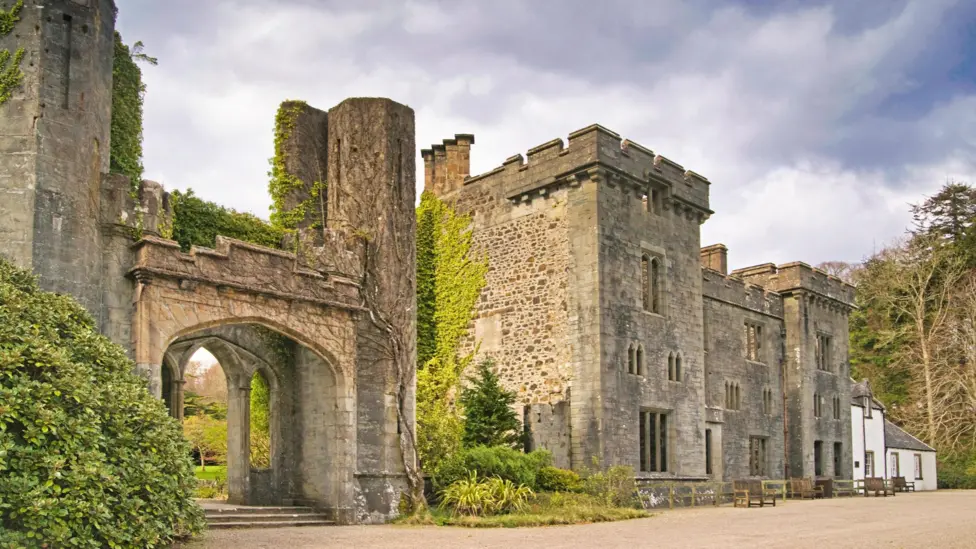
A long-read critique of the Armadale Castle sale, the stewardship of clan heritage and what it means for Scotland’s clans.
On 24 March 2025 the Board of Trustees of the Clan Donald Lands Trust (CDLT) announced a decision that ruptured loyalties, reopened debate about land stewardship in Scotland and forced a painful public reckoning about how clans hold — or let go — of their heritage. The trustees approved the listing of the South Sleat estate and Armadale Castle on the open market, while emphasising that the museum’s collections would remain the charity’s responsibility. The trustees presented the move as an act of preservation by other means: convert land capital into funding for a slimmer, more sustainable charitable model — grants, a global digital presence and a new, capital-efficient hub that could, they said, remain on Skye. The debate that followed was immediate, noisy and bitter; although the sale is now agreed, the questions it raises are not settled and should be recorded with care.
Armadale is not merely a historic country house on the far-flung Sleat peninsula of the Isle of Skye. It is the ancestral home of the Macdonalds of Sleat since the late eighteenth century and has been the de facto centre of a global clan: a ruined neo-Gothic castle, nineteenth-century gardens and a museum, library and archive that have together provided a tangible locus for memory, identity and rituals of return for Macdonalds across continents. A trust created in partnership with global donors — first and foremost of which was the patronage of the American Ellice McDonald, Jr, CBE — to hold such a site sits at the seam between legal instrument and living community; trustees and beneficiaries accept being bound not only by deeds and accounts but by an informal moral contract of custodianship. The existence of that social contract is central to judging whether the trustees acted well or poorly.
CDLT set out a clear financial case. Trustees argued that Armadale’s visitor operation "has never achieved commercial viability" and "the continued operation of the visitor centre has only been possible due to exceptionally generous grant support from the Glencoe Foundation", a philanthropic organisation based in the US, whose withdrawal, they said, exposed an untenable structural deficit. They framed further subsidisation as inconsistent with their duties under the Charities and Trustee Investment (Scotland) Act 2005 and concluded that the only defensible route to secure the charity’s future was to convert estate capital into funds that could be prudently reinvested in the trust’s core charitable objectives. That argument has prima facie legal plausibility: trustees may be obliged to prevent the slow dissipation of capital by an unviable trading arm.
Yet the account that Armadale was "not financially sustainable" should not be read as neutral arithmetic. It is as much a statement about managerial choice as about market realities. That unsustainability is, in significant part, of the trustees’ own making. For decades the visitor enterprise operated as a marginal, grant-heavy activity; the trustees relied on a small number of major donors and on the occasional sale of non-core assets. When those supports dwindled, the model predictably failed to balance.
A key responsibility of stewardship is the anticipation and mitigation of structural risk: trustees charged with a place as symbolic as Armadale should have exhausted a wider array of blended finance, staged partnerships, lease structures and institutional alliances before deciding to market the core site of clan memory. The CDLT documents acknowledge the fragility of the model, but what the record does not show is a sustained, transparent campaign to test imaginative alternatives at scale or to mobilise the clan’s global networks in structured, time-limited fundraising or partnership drives. That absence matters because selling place is final in ways that selling land parcels is not, which is what Lord Macdonald, High Chief of Clan Donald, said when he referred to Armadale as "Crown Jewels" of the clan.
It is essential to be precise about responsibility. The governance questions raised by the Armadale episode centre on individuals who were serving trustees at the crucial moment: Ranald Macdonald, Younger of Clanranald (Chair of Trustees) and Sir Ian Macdonald of Sleat, Bt, Chief of Clan Macdonald of Sleat — whose clan is most concerned by the sale — are named in the trust’s public materials as leading the board that approved the move, alongside two American members of Clan Donald. The decisions they and their fellow trustees made are therefore the appropriate focus of critique. The point is not to impugn motives but to examine capacity and judgement: did the trustees, led by figures closely identified with clan leadership, pursue a sufficiently imaginative and participative strategy before electing to monetise the clan’s focal place? That is the central governance question the community is entitled to ask.
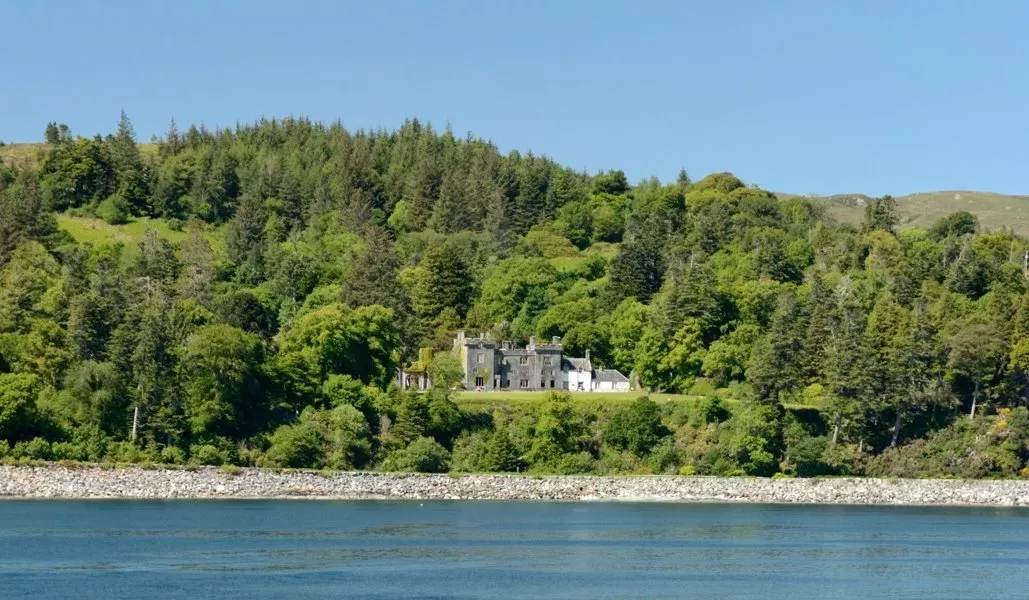
The sequence and tone of the trustees’ actions aggravated the dispute. Multiple clan institutions and local groups reported they learned of the decision through public announcement rather than through staged, meaningful consultation; that sequencing — announce then consult — converted a difficult but technical management decision into an affront to the clan’s sense of ownership. The Scottish Land Reform (Scotland) Bill, under review by the Scottish Parliament, proposes tightening obligations around consultation for significant land transactions; critics were quick to point out that CDLT pressed the sale before potential new duties enshrined in law could take effect. The effect was to make the sale appear hurried and to allow the view to harden that the trust had acted opportunistically rather than communally. The Scottish Land Commission publicly noted community concern and the need for advice and engagement in such cases, underlining the public expectation that major disposals of culturally-sensitive land be preceded by thorough local consultation.
There is a parallel criticism that is organisational rather than strictly legal: trustees should have been more energetic — and more creative — in leveraging the estate before deciding that the only prudent option was wholesale disposal of the clan's centre. The CDLT materials themselves allude to a strategic vision that includes a revitalised, more capital-efficient physical hub on Skye and a global digital platform to widen reach; they also point to the absence of long-term grant support. Those are real constraints. But the unsustainable status of Armadale is not only a financial fact; it is also a reflection of choices about the use of estate assets over decades.
If trustees pursued staged long-lease arrangements with specialist heritage operators, sought institutional partnerships with national museum bodies, launched a time-limited diaspora endowment campaign or explored selective reconfiguration of landholdings to free up investment capital on terms that protected the core historic fabric, the outcome may have been different. The documents supplied to this paper show CDLT discussed many options in the abstract and signalled interest in reinvestment, but what is missing from the public record is evidence of an exhausting, well-resourced programme to test and mobilise those alternatives before committing to the sale option. That absence must be read as a managerial omission: where place is identity, prudence requires exhausting options that preserve place first, and only when those prove impossible should sale become the default.
The governance optics of the trust’s decision are consequential. The board comprises diaspora figures and local representatives; its stewardship of over 20,000 acres, crofting tenancies, woodland and heritage properties has long been central to the life of Sleat. The trustees’ public materials emphasise their economic contributions to the local area and the trust’s commitment to crofting and employment, but the pace and manner of the sale announcement eroded confidence among local residents and clan organisations.
Perception here is not ancillary for legitimacy rests upon both sound accounts and visible participatory practice. When decision-making about the clan’s historic heart is perceived as concentrated and fast-moving, it fuels the narrative that the trust is acting as an asset manager rather than as a community-facing custodian. The CDLT has itself repeatedly stated its wish for "a sense of shared purpose and heritage that binds us together as Clan Donald organisations" and that "our collective existence is ideally one of unity", language that now reads jarringly against the reality of how the sale was managed. If those words mean anything, they require trustees to act in ways that embody unity — through openness, shared deliberation and clear evidence that alternatives were systematically tested.
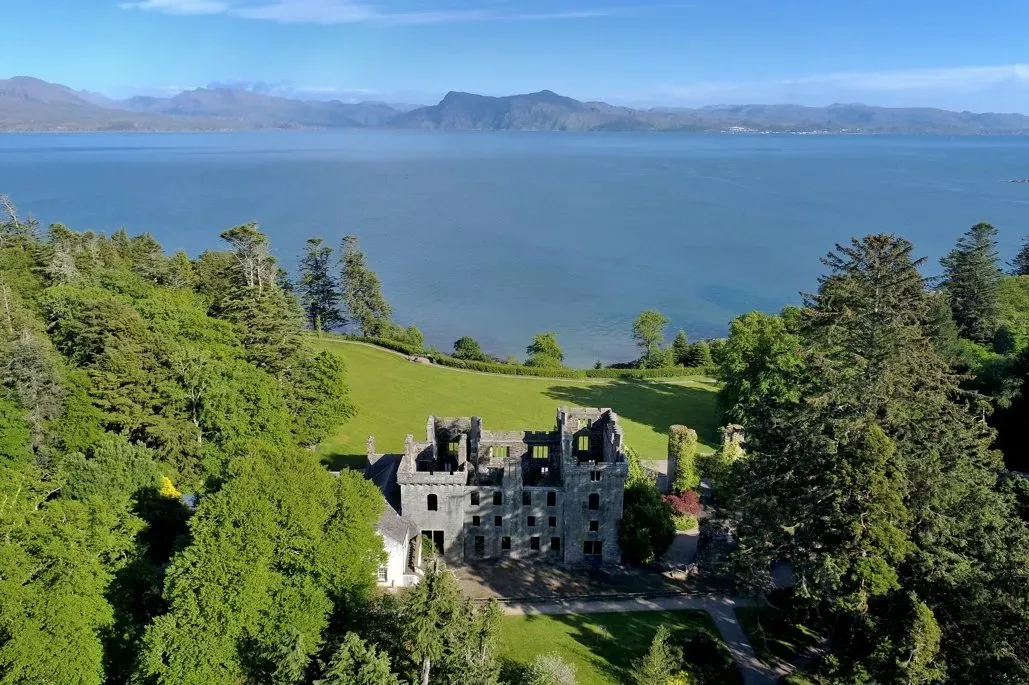
Public reaction took predictable forms: petitions, crowdfunding efforts, mobilisation by local groups and a 'Save Armadale' campaign that put the case into the public domain and sought to galvanise diaspora resources and institutional support. Some proposals were explored — local buyout options were considered by the Sleat Community Trust — but the capital required for a viable acquisition or for underwriting a major redevelopment exceeded what local and diaspora groups could reasonably assemble in the time available.
Equally, the campaigners’ political argument was broader than balance-sheet rescue: they argued that Armadale embodied a communal patrimony not subject to routine market logics, and that clan institutions — because they are custodians of identity — bear duties that exceed narrow charitable accountancy. There is an ethical force to that point. A charity established to hold clan land is not a conventional commercial landlord and, in practice, must factor communal identity into decision-making. The trustees’ public materials recognise the emotional investment many have in Armadale; acknowledgement alone, however, is not the same as the kind of deliberative engagement that would have tested community-centred options fully.
The trustees point to real, material constraints: rising overheads, weak seasonal footfall, poor ferry reliability that has excluded Armadale from coach itineraries, as well as the withdrawal of the Glencoe Foundation as a major funder. Their case is that continued subsidisation risked the trust’s long-term viability and that sale proceeds would finance a more resilient set of charitable activities, including a smaller, better-located physical hub on Skye and a global digital platform to broaden access and educational reach. Those proposals are defensible as strategy, but they confront an abiding translation problem: money and digital reach cannot fully replicate the relational and place-based functions of a site like Armadale. Pilgrimage, embodied ritual and the sensory experience of place anchor diaspora identity in ways a website or a grant will not. The trust’s aim to "reset, refocus and reinvest" would therefore need to be judged not only on the technical soundness of business plans but on whether the new forms of engagement materially keep alive the practices of belonging that Armadale facilitated.
The legal and regulatory framework shaped the practical outcome. The Office of the Scottish Charity Regulator (OSCR) was informed and engaged and their findings indicate regulatory enquiries did not find causes for intervention that would prevent the trustees from acting within their legal powers. Where law grants trustees wide discretion, legitimacy becomes a matter of politics and moral authority more than of statutory compliance. This is especially true when the asset at stake is a clan’s focal place: clan organisations and the trust alike bear a particular duty to the clan, its life and its local heartlands that goes beyond purely legal obligations. CDLT’s own July 2025 materials reiterated the aspiration to unity among Clan Donald organisations; if that aspiration is to be taken seriously, the trust must now demonstrate that its future activity treats the clan as an active participant in shaping outcomes, not merely as a constituency to be informed after decisive steps have been taken.
The sale is now agreed; the urgent question is what use is made of the capital and whether the projects that follow will be designed to re-thread clan life around forms of shared stewardship rather than managerial fiat. Here the stakes are practical as well as symbolic. If the trustees deploy proceeds into a carefully designed, ring-fenced endowment that supports a durable museum presence on Skye, funds targeted community projects in Sleat, underwrites cultural and educational initiatives and invests in a genuinely participative global platform, then the sale could, over time, fund a viable reinvention that keeps the clan’s memory active. If, by contrast, proceeds are treated as fungible capital dissipated on one-off initiatives or poorly governed ventures, the sale will come to stand as a case in which legal power displaced communal custodianship.
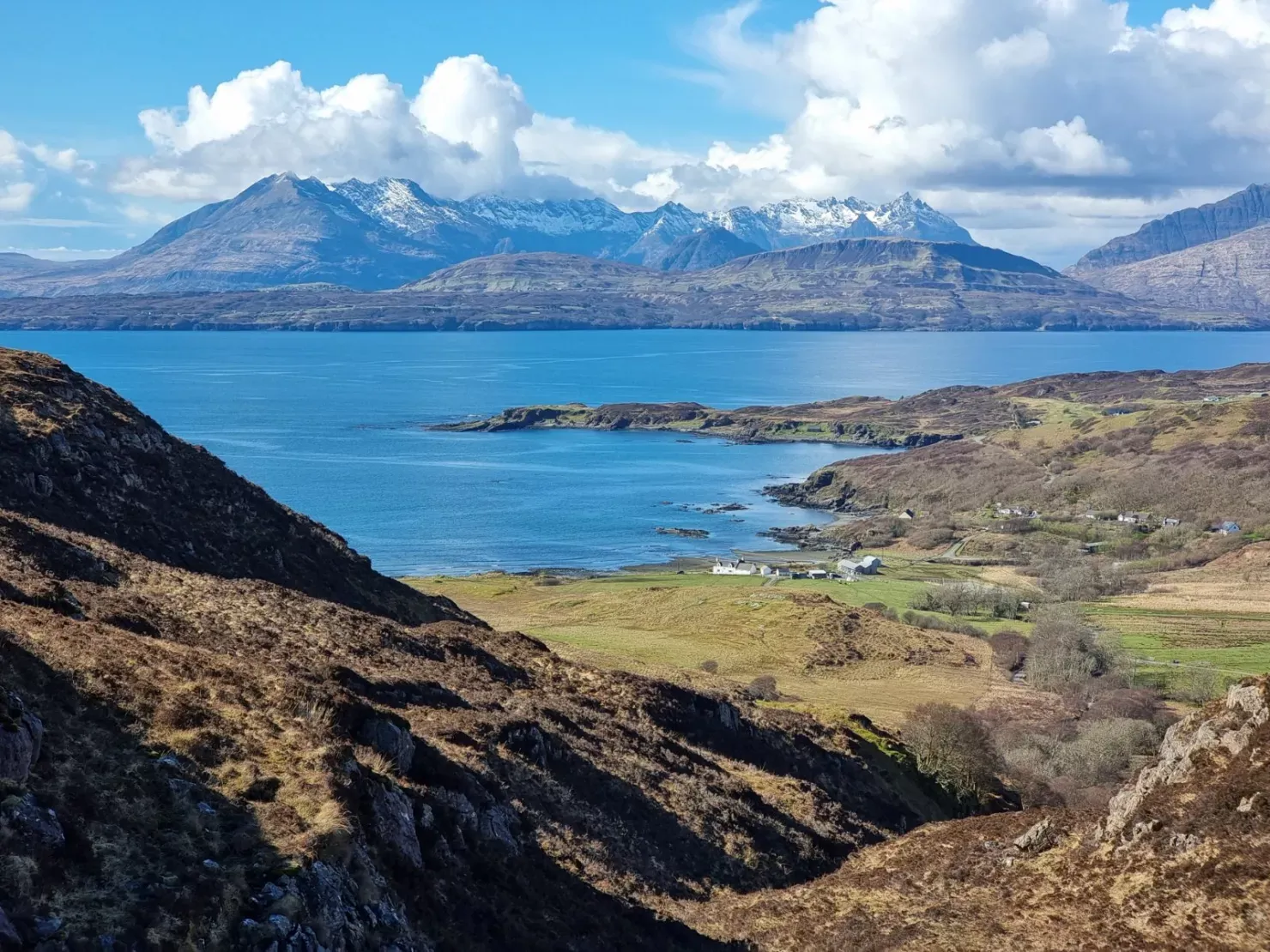
Armadale’s story is a warning to every clan-linked trust: the governance of place requires a special regime of care. Trustees must combine rigorous financial planning with a relentless commitment to participatory process; they must test and publicly document alternative funding and partnership pathways; they must sequence consultation before irreversible action; and they must treat the club of diaspora donors and local communities as partners in stewardship, not as beneficiaries to be informed after the fact. That is the only practical way to keep institutional legitimacy intact when difficult trade-offs are necessary.
This episode will be judged by what follows. If CDLT can marshal discipline, transparent governance and long-term strategic thinking — foremost, credible, durable uses of the sale proceeds that demonstrably sustain the museum’s work, support the Sleat community and maintain a living hub for the clan in whatever evolved form that takes — then the transaction might yet be reframed as the painful first act in a negotiated, generational renewal. If not, Armadale will remain an emblem of a deeper governance failure: legal authority exercised without sufficient custodial imagination and a communal patrimony recast as capital. The difference between those outcomes will be the trust’s willingness to match its rhetoric of unity with structures and projects that keep the clan together — across Skye, the diaspora and into the decades to come.


